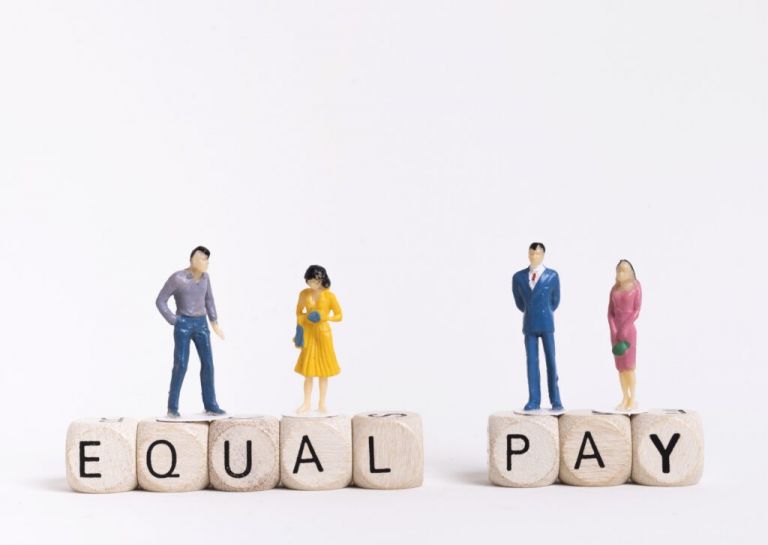
For Swiss Re the journey already began back in 2017 with a first pay equity audit. We started to embed pay equity pay practices as corner stones of our own compensation philosophy and initiated gender pay gap reporting internally and externally.
Swiss Re identified the EU Pay Transparency Directive as an opportunity to lead globally on fair pay, not just meet compliance. Instead of limiting the initiative to the EU, the company aimed to expand pay transparency across all markets, ensuring clarity, fairness, and trust in compensation decisions worldwide.
In late 2023, Swiss Re launched a formal global pay transparency project, forming a central team of experts from Reward, Legal, Project Management, and Change Management. The rollout started in 2024 with the 9 EU locations, introducing an employee dashboard displaying compensation ranges and career-related information, and began including base salary ranges in job advertisements where this is becoming common practice. Since January 2025, we have implemented pay transparency in 16 locations globally, 2 remain for go-live later in the year. To date, more than 3,200+ managers have been trained to support informed and equitable pay and career conversations, and 10,400+ employees now have access to their pay range via a self-service dashboard.
Earned Fair Pay Workplace Certification in 2024.
Surveys show that the Pay Transparency initiative has strengthened trust and dialogue across Swiss Re.
Lesson: Pay transparency is a cultural lever that builds equity, trust, and engagement beyond compliance. Adequate training and open communication are the main success factors to a successful implementation.
This Best Practice was first published in the Gender Intelligence Report 2025.
From Compliance to Culture: Embracing Pay Transparency as a strategic opportunity
Swiss Re is committed to fair pay and equity in every market where we operate. In response to the EU Pay Transparency Directive, we saw not just a regulatory requirement, but a global leadership opportunity.
Rather than limiting our efforts to the EU, we expanded our transparency agenda globally.
Our main goal is to ensure that every employee benefits from clarity, fairness, and trust in how compensation decisions are made.
But transparent pay practices have not only increased trust – they’ve empowered better conversations between employees and leaders about career growth, recognition, and long-term opportunities.
Global Implementation in Motion: From vision to execution
In 2023, Swiss Re launched a proactive, global approach to pay transparency, establishing us as a first mover in the industry.
Key actions included:
«Pay transparency is a differentiator and I am really pleased that we’re in a company that’s taking the leadership on this in our industry. The topic is important as it drives better equity and fairness in our organization.» – Jason Richards, CEO P&C Reinsurance UK&I
«In a world of democratized information, it’s no surprise that employees already have access to details about compensation systems and pay. That’s why it’s important we proactively lead on pay transparency and provide clear, structured information. This matters because it helps dispel rumours and misconceptions, gives people clarity on where they stand and supports managers in driving equity. Ultimately, this allows us to focus on our business and on empowering our teams, rather than being distracted by uncertainty.» – Nikhil da Victoria Lobo, Head WSE & MEA & Globals WSE
Recognition and Results: Measuring the value of transparency
Our efforts have already delivered tangible outcomes – both internally and externally.
External recognition:
Increased employee trust and engagement:
Managers readiness:
These numbers reflect a growing foundation of trust, clarity, and shared ownership of career conversations.
What’s Next: Embedding transparency into how we lead
As we approach full global implementation by end of 2025, our focus is shifting from rollout to integration, making transparency a living element of how we lead.
We see pay transparency not as a compliance obligation but as a cultural lever to drive performance, inclusion, and trust. That’s why we’re embedding it into leadership expectations, investing in the kind of culture where people can thrive.
By leading with transparency, Swiss Re is not just preparing for the future – we’re shaping it.
For more information about this Best Practice, reach out to the author:
Nicole Pieterse
Head of HR Property & Casualty Reinsurance & Countries
nicole_pieterse@swissre.com


48% of all PM Switzerland’s management level employees were women in 2020, smashing the target of 40% by end 2022.

Implementing a holistic 4 pillar pay equity framework led to decreasing the pay gap to under 1% - and keeping it there.

Leaders insisting on pay equity and undertaking serious independent analyses builds trust and a culture of inclusion.

A customised internal salary modelling tool ensures fair salaries and strengthens employee confidence.

Looking beyond data helps Syngenta make pay equity a fundamental element of the company's culture rather than just a project to tick off.

Equal salary certification makes sure that talent is paid fairly and equitably irrespective of gender.

A new collective employment contract with the binding principles of: Flexible working, healthy work-life balance, equal pay and no discrimination.